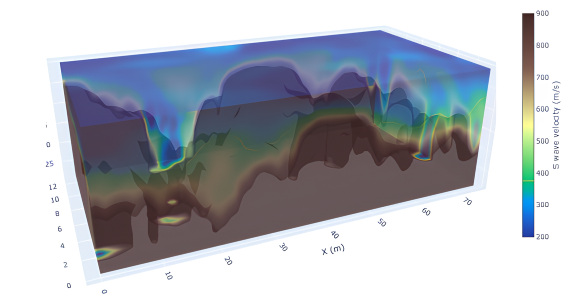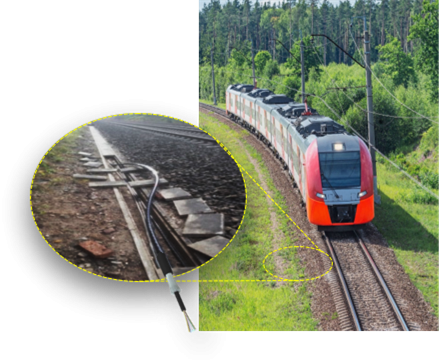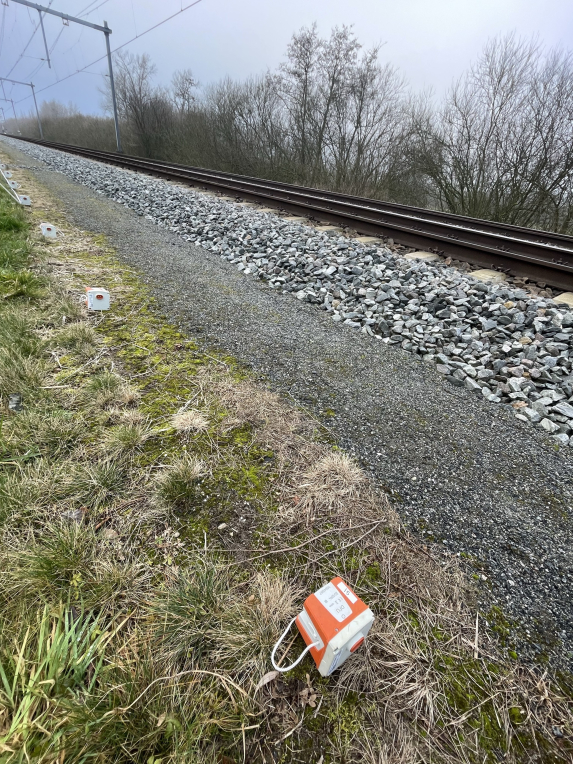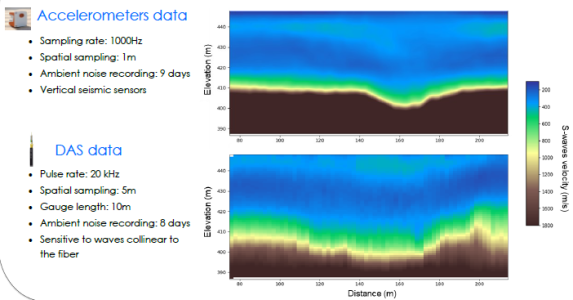INTRODUCTION

The main objective of geophysics is to use non-invasive techniques to collect data about subsurface conditions, eliminating the need for drilling or excavation. This valuable information is crucial across various industries, including civil engineering, environmental studies, resource exploration, and infrastructure assessment.
One notable technique is Passive Seismic Survey, which utilizes various types of sensors, including seismic sensors (nodes, cabled) and optical fibers. By employing passive seismic methods, this approach significantly reduces the constraints typically associated with traditional exploration methods.
Passive seismic with Fiber Optics: DAS
Strengths:
1. High spatial resolution: Through Distributed Acoustic Sensing (DAS) technology, fiber optics provide dense sampling over long distances (several kilometers), delivering high-resolution subsurface imaging.
2. Cost Efficiency: By repurposing existing telecom cables or previously installed fiber networks, fiber optic systems reduce installation costs.
3. Continuous Monitoring: Fiber optics enable real-time monitoring of subsurface changes, making them ideal for seismic surveillance and reservoir management.
Weaknesses:
1. Limited sensitivity: Compared to traditional seismic sensors, fiber optics are less sensitive to weak signals, which can limit their ability to detect minor events.
2. Complex data processing: The vast amount of data generated requires sophisticated algorithms for effective analysis and extraction of meaningful insights.
3. Fiber lifespan: Over time, some fiber optic cables may degrade, potentially affecting their long-term reliability and performance.

Passive Seismic with Sensors

Strengths:
1. Passive and non-invasive: This method relies on natural ground vibrations—such as those from wind, traffic, or ocean waves—eliminating the need for active sources like explosions or repeated train passages.
2. Good spatial coverage: A dense network of sensors offers comprehensive imaging and enhances resolution, especially for deep subsurface structures.
3. Versatility: Passive seismic methods are adaptable, performing well in both urban environments and remote locations.
Weaknesses:
1. Dependence on natural sources: The quality of imaging can fluctuate based on the intensity and distribution of ambient noise. For instance, the Sercel node, WiNG DFU, can collect data even with low-intensity signals, thanks to its MEMS sensor technology.
2. Expensive deployment: Establishing a dense sensor network involves substantial upfront costs for equipment and setup.
3. Time-consuming data processing: Extracting high-resolution subsurface images requires advanced processing techniques, making signal analysis a time-intensive process.
CONCLUSION
Fiber optics allow for dense data acquisition, while traditional sensors offer greater sensitivity but require more costly infrastructure.
By leveraging passive seismology—such as ambient vibrations from trains—processed through our S-scan solution, we achieve high-resolution subsurface imaging.
This approach enhances drilling efficiency, enables targeted monitoring, and strengthens early warning systems.
Combining passive seismic methods with other geophysical techniques delivers deep, accurate subsurface insights, critical for safety and performance in industries like rail and mining.

